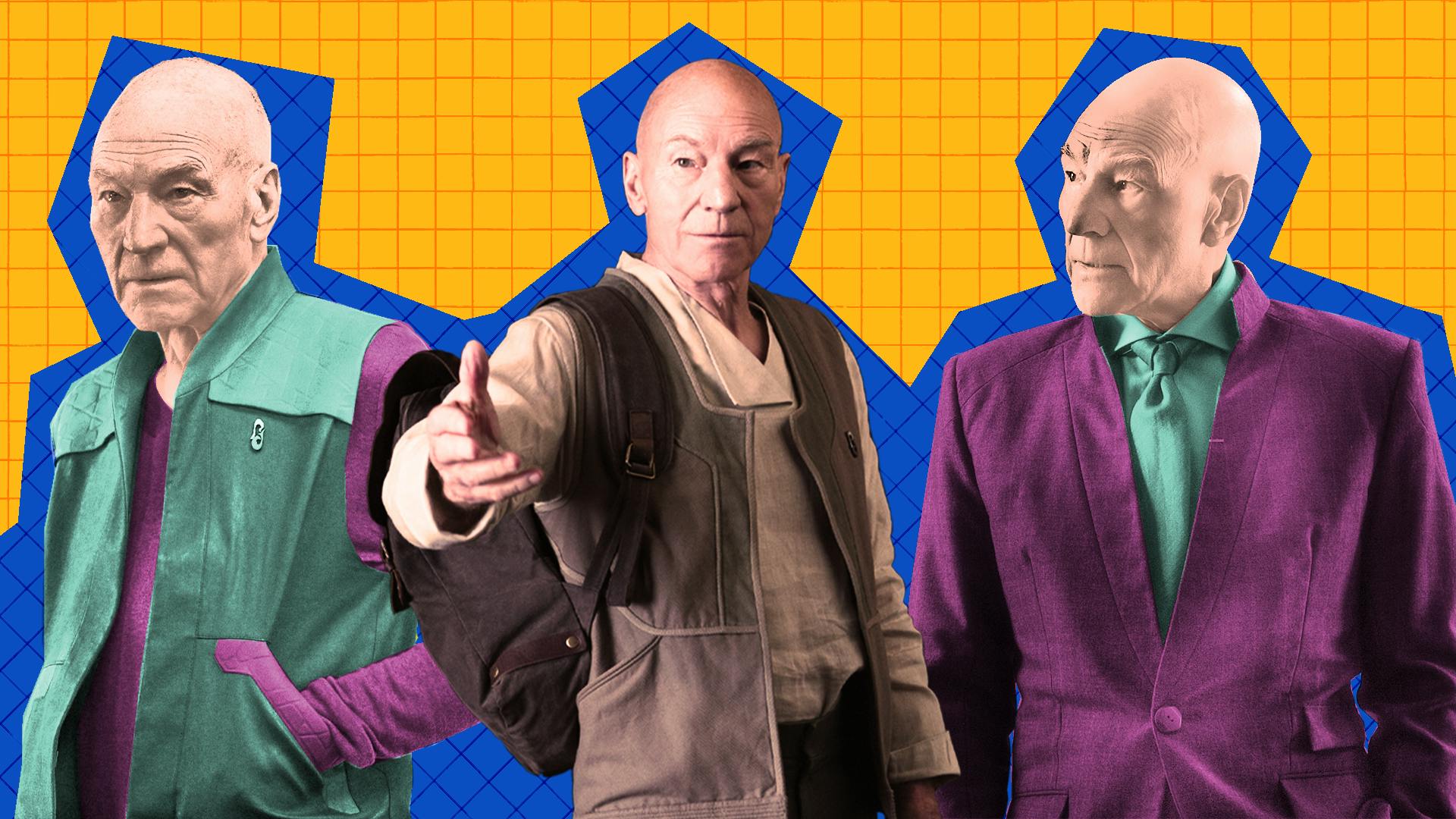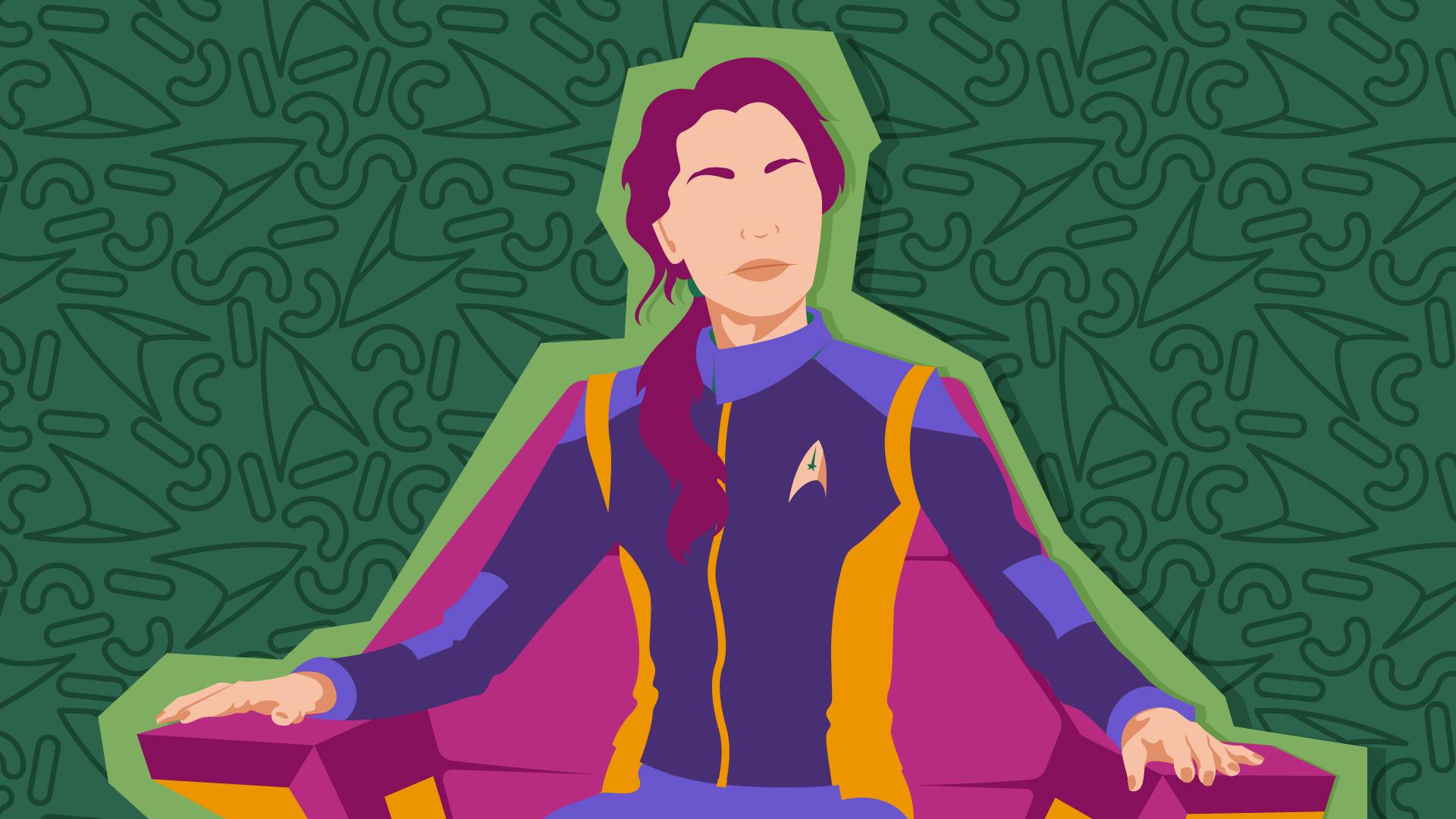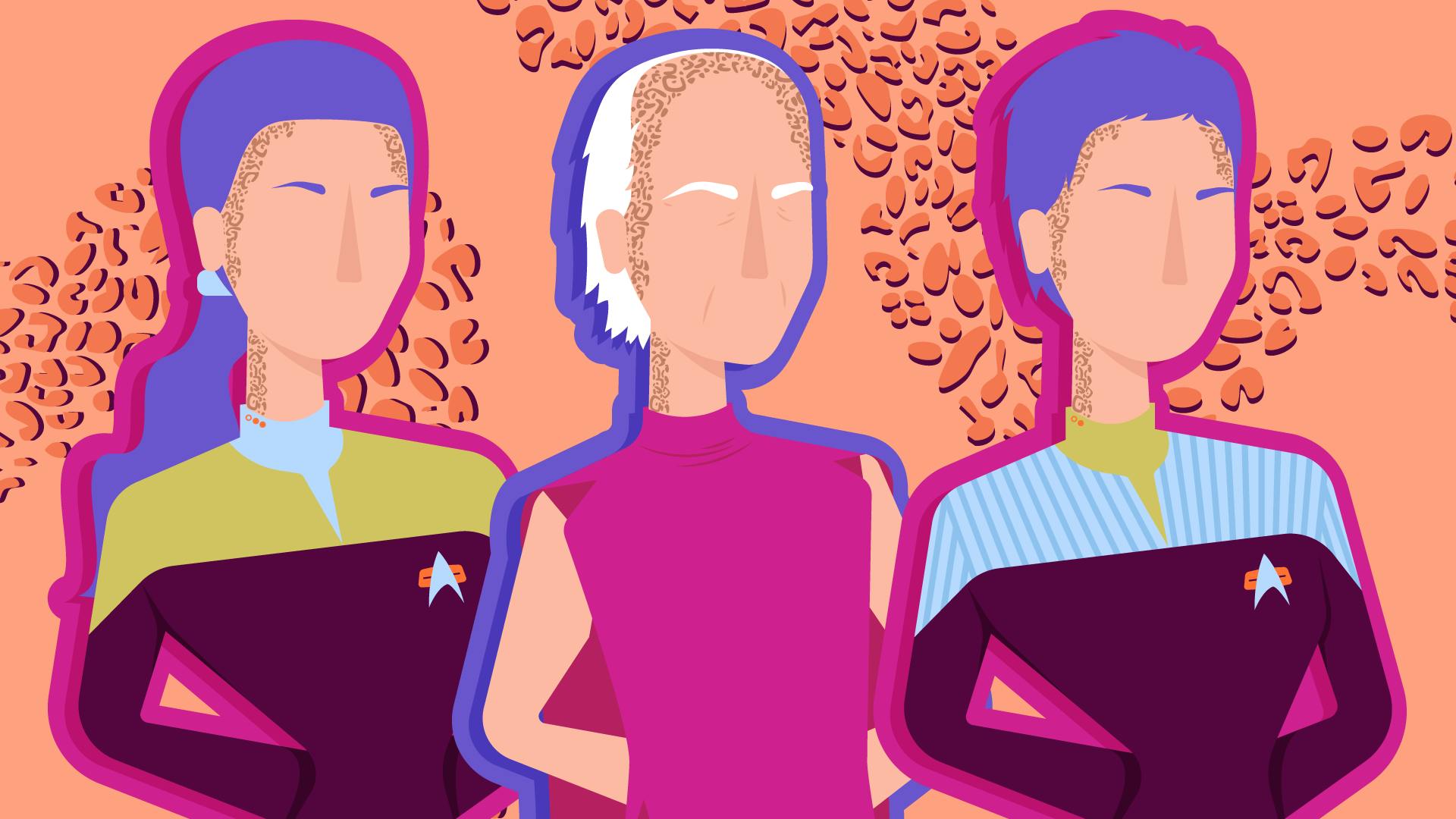Published Mar 8, 2018
EXCLUSIVE: Discovery Props Master Mario Moreira, Part 2
EXCLUSIVE: Discovery Props Master Mario Moreira, Part 2

What do the gormagander meat, phasers, tranya, bat’leths, communicators, Emperor Georgiou’s sword and so much more from season one of Star Trek: Discovery all have in common? That’d be Mario Moreira, the show’s Props Master, who had a hand in designing, creating/recreating and building all of the above with his team of artists and artisans. As he geared up to work on Discovery’s sophomore season, Moreira – whose credits include several Saw movies, Splice, Alphas, Copper and Heroes Reborn -- took some time to chat with StarTrek.com about his year-one experience. Check out part two of our conversation below, and don't miss Discovery Props Master Mario Moreira, Part 1.
Let’s discuss the pips on the badges. I've heard from a good source that the idea for that came to you in a dream.
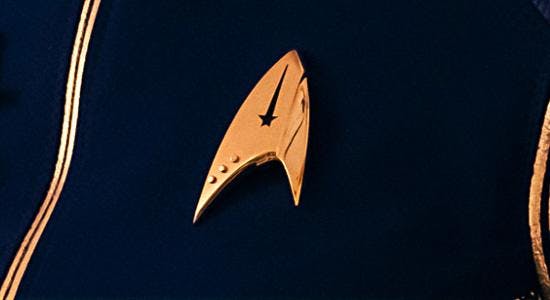
Yes. The badges were one of those props where there was a lot of back and forth getting them right. Again, the badges, like the phaser, are going to be worn at Comic-Cons and as cosplay, and you want to get them right. You want to get them right for the show. You want to get them right for the fans. We were doing a lot of different concepts with colors, with the shapes, with the department insignia in the middle. What we were discussing with costumes, with our Costume Designer, Gersha Phillips, was how to distinguish rank within the costume. She early on knew that she wanted to do a general uniform look with the Starfleet uniforms and not represent rank on them. And she did do something subtle in the end.
I was thinking about it quite a bit. "How are we going to show rank?" I'm looking at the pips on the collars on The Next Generation. That was an idea, but we couldn't jump over The Original Seriesbecause those don't happen until later. I just thought about it a lot, and it was on my mind so much that one night I fell asleep and dreamt about it. I often dream about the props of the shows I'm working on. I was dreaming about the badges, and there were all these little holes in the bottom left hand corner. I woke up and realized, "Oh, we can actually do the pips on the badges." So yeah, that was just the dream inspiration that came to me one night. That morning, I came into the office, presented it and everybody was like, "Yes. That's exactly it. You nailed it." We didn't go back from there.
Gormagander meat is a prop. How did you and your team make that a reality?
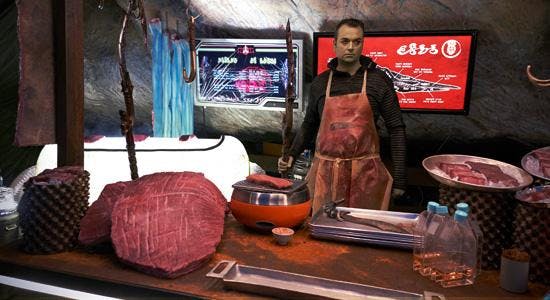
We worked with a very good food artist. Her name is Janice Poon, here in Toronto. I think she's gotten pretty famous over the years. She was most well-known for styling all the food on the TV series Hannibal, which if you've seen that, there was a lot of very intricate food. So, we work with her. We started to talking to her about what the gormagander meat would look like. We thought slabs of tuna, of different fish meat. We started looking at pictures of rotten fish meat. Then, we just started talking about what we could do, how we could do that and still make it edible. Once we knew what we could make it out of and how we could make it edible – and vegan -- we took all those photos and Janice's ideas and went to our artists here in the art department, and said, "OK, now I need you guys to draw up some actual meat, so we can get them approved by our directors and producers." They drew up some great stuff. We went back to Janice with drawings of these drafts, and she whipped us up some gormagander meat that was edible and was kind of tasty.
What about the ganglia stew? What was that? Same stuff?
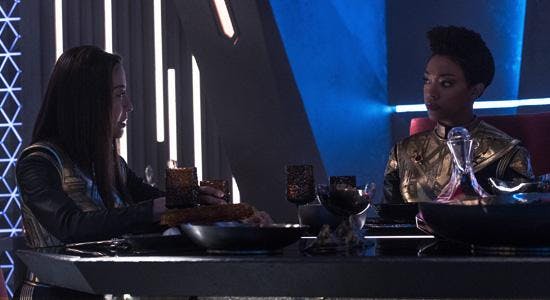
The ganglia was a tough one. It’s basically a vegan gelatin. Gelatin usually has bone marrow in it, but we made ours vegan. It's not the sexiest thing to talk about, but it was edible.
That sure looked like tranya in Clint Howard's little den. Can you confirm or deny?
I can confirm. That was tranya.
He had a bowl of the tranya there, right?
We went back to The Original Series and found the episode where the tranya was served and then we scoured the town to find something as close as possible to what you saw in the original episode. We tried to throw as many Easter eggs in the series as we could. I'm sure you and the fans spotted a few, and that definitely was one of them. It was hard to match a cocktail bowl from the '60's, but I think we got pretty close. I think we got pretty close to the color, too. That was a simple, watered-down nectar juice.
What can you tell us about the knife Clint Howard was holding?
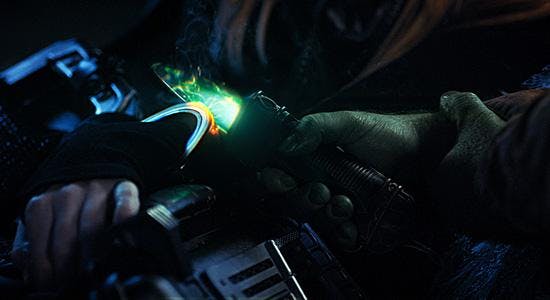
Clint’s "laser knife" is a very simple play between material and light. The handle has a green laser in it and the knife is made from a 3D printed translucent resin. The laser bounces around in the blade, causing that odd glowing effect. Our CG team then complemented the light with some texture and, boom, "laser knife."
Did I also see Ceti eels? Those little critters in a pan sure looked like eels…

Those were actually made from gummy candies and gummy bears that we melted into big bowls and then pressed into little larva shapes. And, yes, they were supposed to be Ceti eels.
How do you keep track of all the props?
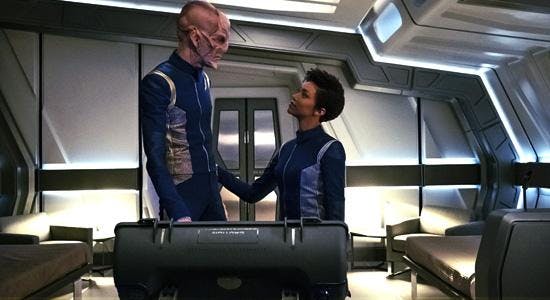
I actually created a bible for all of the props that we made this year. It's quite thick. What I do with that is when a new director comes to town, I give them the bible first and say, "Here are the props that we have." I've also written descriptions about what they can do. So, most of the engineering tools have names and have descriptions of what they can do so that the actors and the writers aren't just working in a vacuum. They're actually working within a real context. So now they can say, "Oh I need a hypospanner,” and they know the use and the implementation of the tool within engineering and what they could use it for. It's pretty fun.
You've been in the props game long enough to know that time, money and effort go into creating props that, in some cases, may be on screen for two seconds or could wind up on the cutting room floor. What's that like for you, even after so many years, to see a prop not get its time in the spotlight? Is it a little heartbreaking?
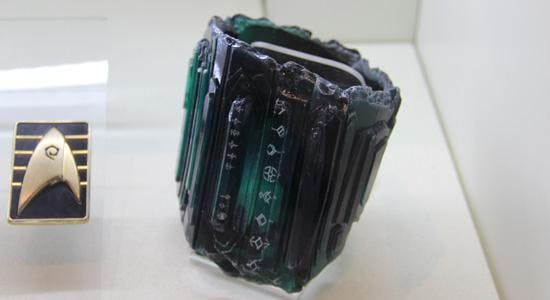
They're my babies and they don't get the spotlight. You have to reconcile that. After a while, you do reconcile it. You can be brave and say that, "Oh, yeah, it doesn't affect me." But it does. It's nice to see the work, and it's not just me. I have two buyers on the show. I have three props people on the floor. I work with shops in L.A., England, Toronto and outside of Toronto, and with a group of amazing concept artists. There's a massive team that puts these things together. So, when one prop is not given its due or its time, it's not just me, but the whole team that feels it. But that’s the nature of the job.
You started to touch on this earlier. Unlike so many shows and movies where the props are destroyed or sold to warehousing companies or auction houses, many Trek props, now Discovery among them, hit the road as part of traveling exhibits or museums. We saw Discovery props, for example, on the official cruise a few weeks ago. What does it mean to you that these props do enjoy an afterlife and that fans can see them up close?
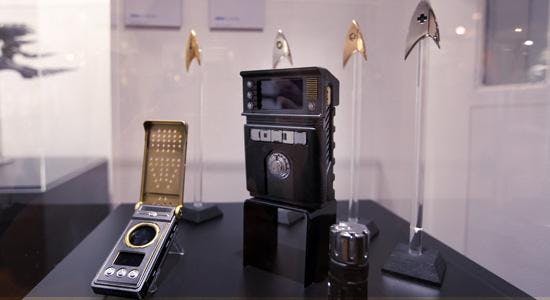
I love it. One of the great things about working on Star Trek is that you already have such a following, such loyalty. The fans are what made and what make this show every day. We're not here without them. So, for us to be able to give back a little bit and to send these things on the road, and to have them appreciated as what they are, as truly historical items, as historical items in the present, it's great. It's great for the fans. It's great for Star Trek. It’s fun for us. I'm so happy when I get a request to speak about them, like today with you, or pile up a bunch of them in a box and ship them off to some gallery somewhere. It's great that they're going to be seen.
What's your dream prop? What have you not created yet?
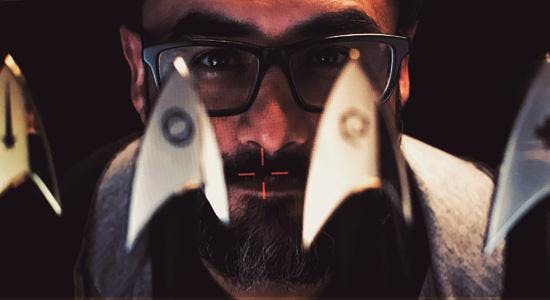
Personally, I'm very interested in drone technology and especially autonomous drones. I would love to see where that is going and where that will be 200 years from now.
Read the first half of the interview at Discovery Props Master Mario Moreira, Part 1.
